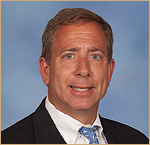Bloomberg writes Fed Funds Futures traders are increasing the odds that the Fed will cut interest rates more aggressively next year as speculation mounts that an eventual change of leadership may deliver easier monetary policy that the President is demanding.
Based upon several market gauges traders are now price 76 bps of cuts next year compared to just 25 bps as recently as April.
The Newswire asserted this shift is the result that a successor to Powell will fall in line with the President’s demand for lower rates.
Many believe a major risk is the politization of the Fed [Note: everything is political. To believe that it is not is ignorant at best]. Furthermore, if the Fed acquiesces to the demands of the President, the Central Bank risks losing its perceived inflationary prowess. Most believe monetary policy around current levels is appropriate with current conditions.
Many believe if the FOMC agrees as a Committee to aggressively lower rates, the long end of the bond market will sell off. The Chairman is only the spokesman for the group and is just one of ten people who vote on monetary policy. Monetary policy views are dispersed within the Committee with seven of the nineteen committee members believe that there should no change in monetary policy for the foreseeable future.
As noted many times, the country is potentially on a fiscal train wreck where the greatest risk is today’s unsustainable spending. It is not a revenue issue but rather a spending issue amplified by $37 trillion debt who interest cost is dramatically rising.
Market historians will agree that today is not the first time the Executive Branch has aggressively intervened to influence Fed policy. There is the high-profile dustup in 1965 when LBJ summoned the FOMC to his Texas ranch vehemently stating raising rates will hamstrung the economy making veiled threats of potential change. Thew FOMC refused to backdown. Another such example was Nixon in 1971.
Every President has attempted to jawbone monetary policy. The current President is perhaps more bellicose than his recent predecessors.
Nothing is never new or different, there are just different people attempting similar policies and actions.
Commenting on yesterday’s market action, the averages were quietly higher on US/EU trade reports. Treasuries across the curve were nominally lower in price causing little change in the slope of the yield curve.
After the close both TSLA and GOOG posted results. GOOG exceeded expectations and shares are mixed perhaps under the assumption the “beat” was not enough under the guise that the company was priced to perfection. GOOG also raised its capital expenditure budget, intensifying pressure on the company to justify the monies spent to keep up in the AI race.
TSLA earnings missed estimates sending shares lower by around 6%.
Last night the foreign markets were up. London was up 0.93%, Paris down 0.15% and Frankfurt up 0.49%. China was up 0.65%, Japan up 1.59%, and Hang Seng up 0.51%.
Dow and NASDAQ futures are bifurcated down 0.4% and up 0.25%, respectively, as GOOG’s earning perhaps suggest the AI boom is continuing. The 10-year is off 6/32 to yield 4.41%.




